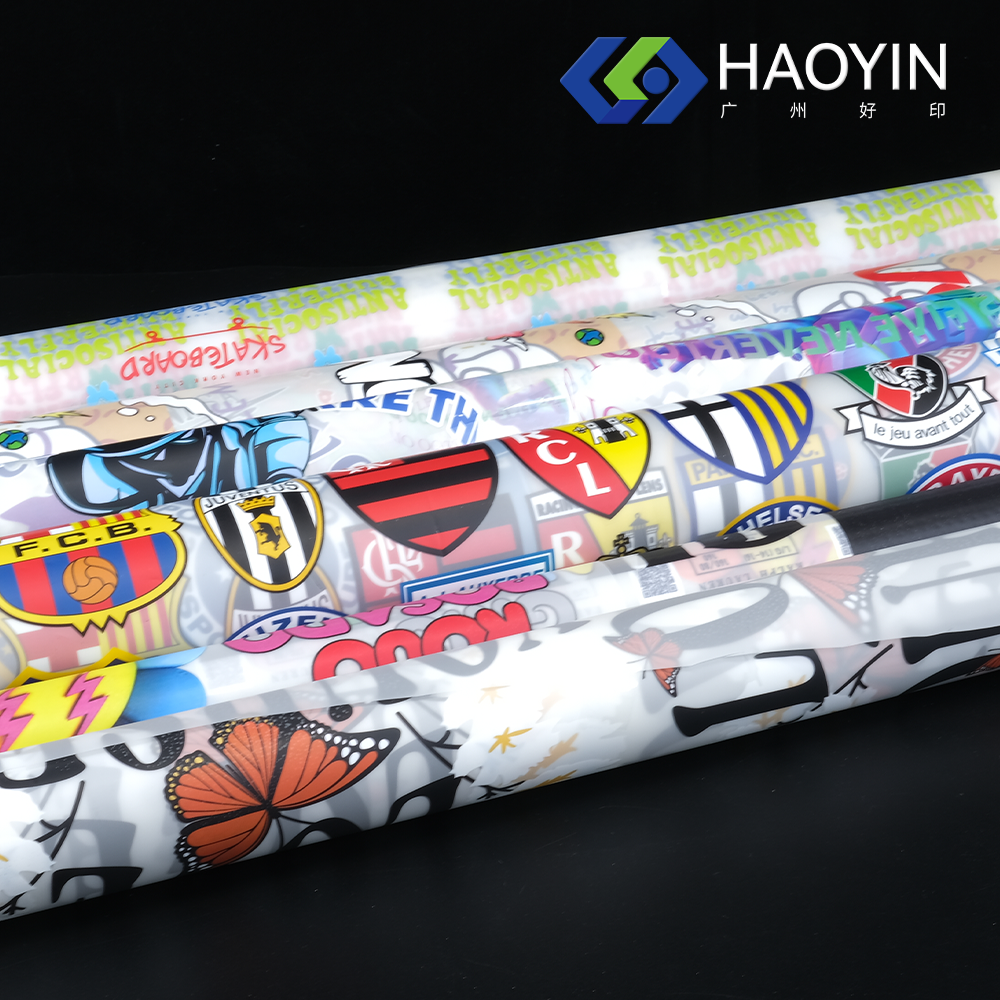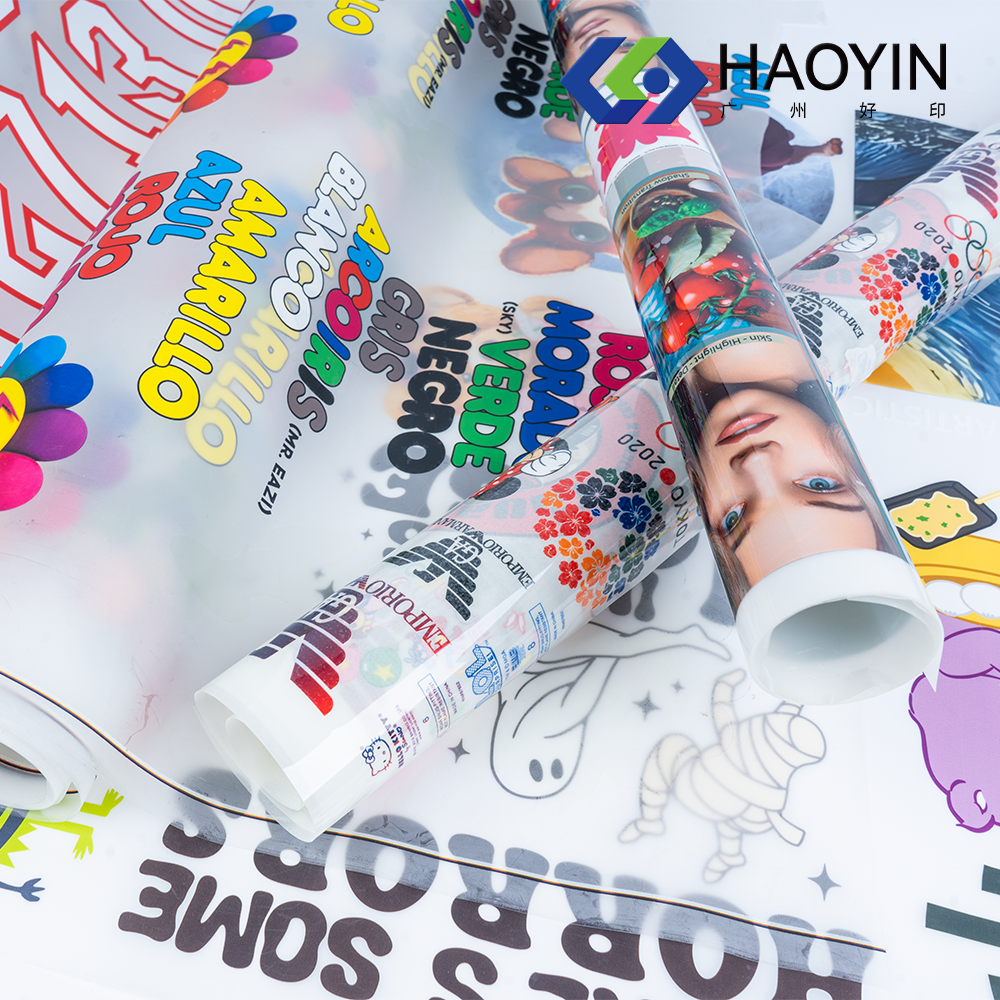Mastering Moisture Protection in DTF Printing Technology
The evolution of Direct to Film (DTF) printing has revolutionized the garment decoration industry, offering versatility and stunning results. At the heart of maintaining these quality prints lies a crucial component - DTF anti-moisture film. This innovative solution has become indispensable for print shops and entrepreneurs seeking consistent, high-quality transfers in various environmental conditions.
The challenges of moisture interference in DTF printing have long been a concern for industry professionals. Without proper protection, prints can deteriorate, colors can fade, and the overall durability of the transfer can be compromised. Understanding the role and implementation of DTF anti-moisture film is essential for anyone serious about delivering professional results.
Understanding DTF Anti-Moisture Film Technology
Composition and Structure
DTF anti-moisture film consists of specialized polymer layers designed to create an impermeable barrier against environmental moisture. The film's unique molecular structure allows it to bond effectively with DTF powder adhesives while maintaining flexibility and durability. This advanced composition ensures that the final transfer remains protected throughout its lifecycle.
The film's multi-layer construction typically includes a protective top coat, a moisture-resistant middle layer, and an adhesion-promoting base layer. Each component works in harmony to deliver optimal performance and longevity for your DTF transfers.
Protection Mechanisms
The primary function of DTF anti-moisture film is to create a protective shield that prevents moisture from compromising the integrity of your prints. It works by establishing a microscopic barrier that repels water molecules while maintaining the vibrancy of the printed design underneath. This protection extends to both ambient moisture and direct water exposure.
Additionally, the film's surface properties help prevent static buildup, which can attract dust and debris that might otherwise interfere with the transfer process. This dual-action protection ensures your prints remain clean and crisp from production through application.

Implementation and Application Techniques
Proper Storage and Handling
Success with DTF anti-moisture film begins with proper storage and handling procedures. Store the film in a controlled environment with humidity levels between 45-55% and temperatures between 68-75°F (20-24°C). Always handle the film with clean, dry hands or wear powder-free gloves to prevent contamination that could affect adhesion.
Maintain the film's protective backing until immediately before use, and avoid exposing it to extreme temperature fluctuations. Proper storage not only extends the film's shelf life but also ensures optimal performance during application.
Application Best Practices
Achieving perfect results with DTF anti-moisture film requires attention to detail during the application process. Begin by ensuring your work surface is clean and free from dust or debris. Align the film carefully with your printed design, using registration marks if necessary for precise positioning.
Apply consistent pressure during the heat press process, following manufacturer-specified temperature and time settings. Most DTF anti-moisture films require temperatures between 320-350°F (160-177°C) for optimal bonding. Always perform test applications on sample materials before proceeding with production runs.
Quality Control and Troubleshooting
Common Issues and Solutions
Even with careful application, challenges may arise when working with DTF anti-moisture film. Bubbling or lifting edges often indicate insufficient heat or pressure during application. Address these issues by adjusting your heat press settings and ensuring even pressure distribution across the transfer area.
If you notice incomplete adhesion or moisture penetration, check your storage conditions and verify that your film hasn't been exposed to humidity before application. Regular equipment maintenance and calibration can prevent many common application problems.
Quality Assurance Methods
Implement a robust quality control process to maintain consistent results with DTF anti-moisture film. This includes regular testing of applied transfers through wash tests, stretch tests, and environmental exposure trials. Document your findings and adjust procedures as needed to optimize outcomes.
Establish a standardized inspection protocol for finished transfers, checking for proper adhesion, uniform coverage, and any signs of moisture penetration. Regular quality checks help identify potential issues before they affect your production output.
Environmental Considerations and Sustainability
Eco-Friendly Innovations
The latest developments in DTF anti-moisture film technology focus on environmental sustainability without compromising performance. Manufacturers are introducing biodegradable options and reducing harmful chemicals in their formulations. These eco-friendly alternatives maintain the same level of moisture protection while minimizing environmental impact.
Consider adopting these sustainable options to align with growing consumer demand for environmentally responsible products. The investment in green technology often pays dividends through enhanced brand reputation and market differentiation.
Waste Reduction Strategies
Implementing effective waste reduction strategies when working with DTF anti-moisture film helps minimize environmental impact and reduce costs. Optimize your design layouts to maximize material usage, and establish recycling programs for film backing and excess materials.
Train staff on proper handling and application techniques to minimize waste from errors and misprints. Consider implementing a material tracking system to monitor usage patterns and identify opportunities for efficiency improvements.
Frequently Asked Questions
How long does DTF anti-moisture film protection last?
When properly applied and maintained, DTF anti-moisture film protection typically lasts for the entire lifespan of the garment. The protection remains effective through multiple wash cycles and regular wear, maintaining the print's quality and appearance.
Can DTF anti-moisture film be applied to all fabric types?
DTF anti-moisture film is compatible with most fabric types, including cotton, polyester, blends, and even some synthetic materials. However, always test the film on your specific fabric before full production to ensure proper adhesion and desired results.
What happens if moisture gets trapped under the film during application?
Trapped moisture can lead to bubbling, poor adhesion, and potential transfer failure. To prevent this, ensure all surfaces are completely dry before application, and follow proper heat press settings to allow any residual moisture to evaporate during the transfer process.



